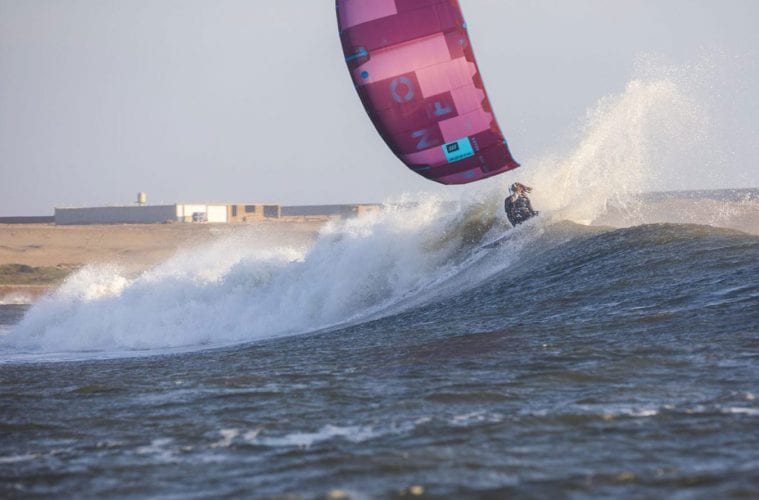The Neo has been a huge hit amongst the wave riding crew and the 2018 model is no exception. From die-hard shredding to strapless freestyle, Ken Winner tells us more about this champion design.
What was your vision for developing the 2018 Neo?
The one message that kept being delivered to me, even from outstanding wave riders such as Marcho Baiocchi was, ”˜don’t screw it up’. Following the huge success of the Neo amongst the wave riding crowd, I suppose that can only be seen as a compliment. My vision therefore was to not screw it up which meant being conservative in the updates that were made, and to ensure that the essential wave performance qualities were not compromised. That said, any kite can be improved upon. The Neo has a solid turning style. It’s quick but powerful and the turns are round without pivoting too much. The real charm of the Neo is that the power delivery remains ”˜on’ throughout, which is what our riders like. Still, we thought it could be quicker so faster turning was the main focus of development.
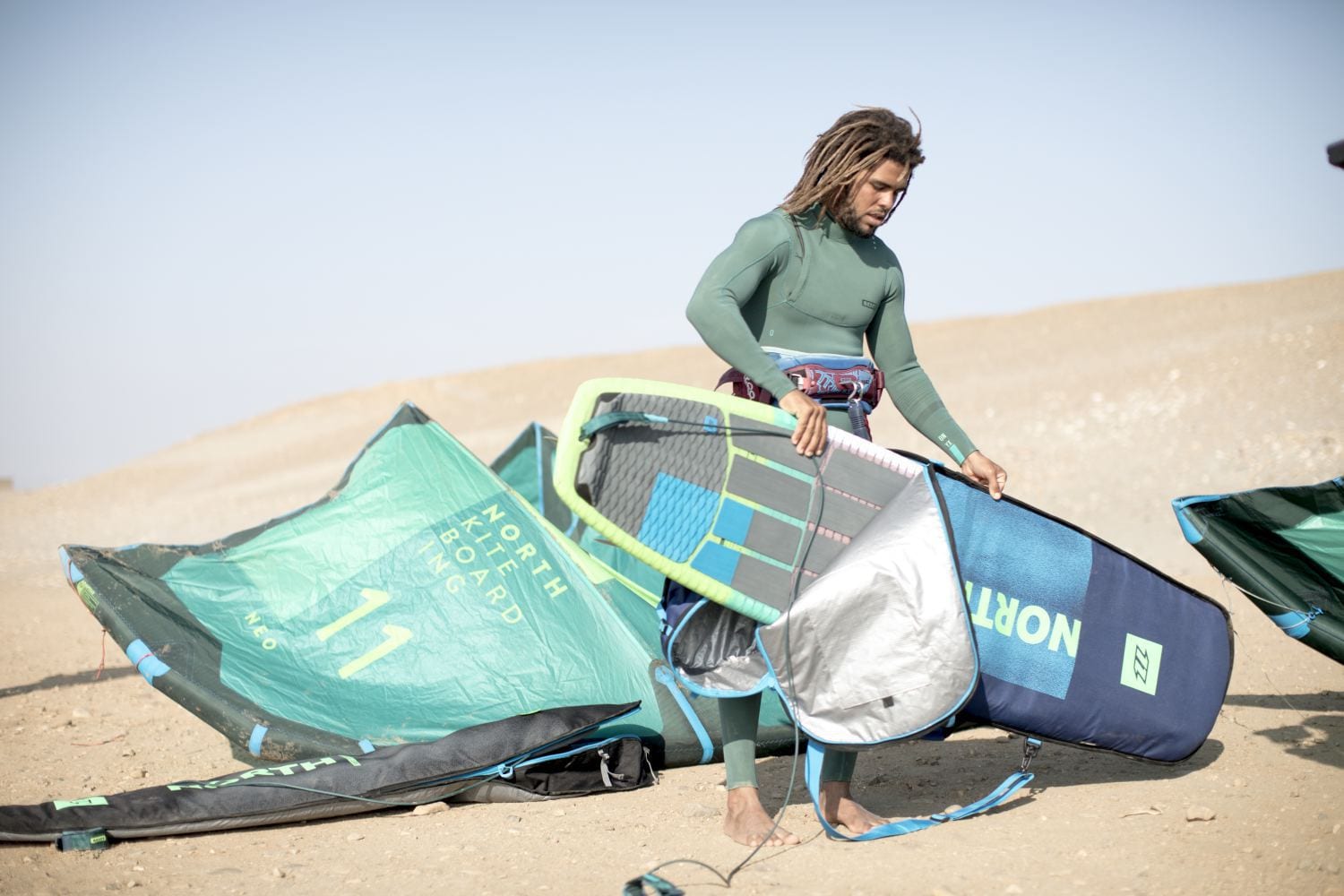 What was the R&D process for the 2018 Neo and who did you call upon?
What was the R&D process for the 2018 Neo and who did you call upon?
Sky and Patri are world class riders and longstanding members of North Kiteboarding They also live on Maui, so they’ve been doing most of the testing with me.
Normally we do much of our prototyping in 7m and 10m. Size 8 is then based on a 7m, and size 9 is based on a 10m. Because of this there’s often more difference in shape between sizes 8 and 9 than seems right. For example, the bigger sizes have relatively flatter canopies than the smaller ones. This means that in the 2017 Neo range there’s a significant difference in canopy depth between sizes 8 and 9. For 2018, we broke our usual development pattern and started with some subtle changes to sizes 8 and 9, making the 8m a little flatter and the 9m a little deeper, narrowing the gap between the two. Testing proved that we’d made improvements to both kites.
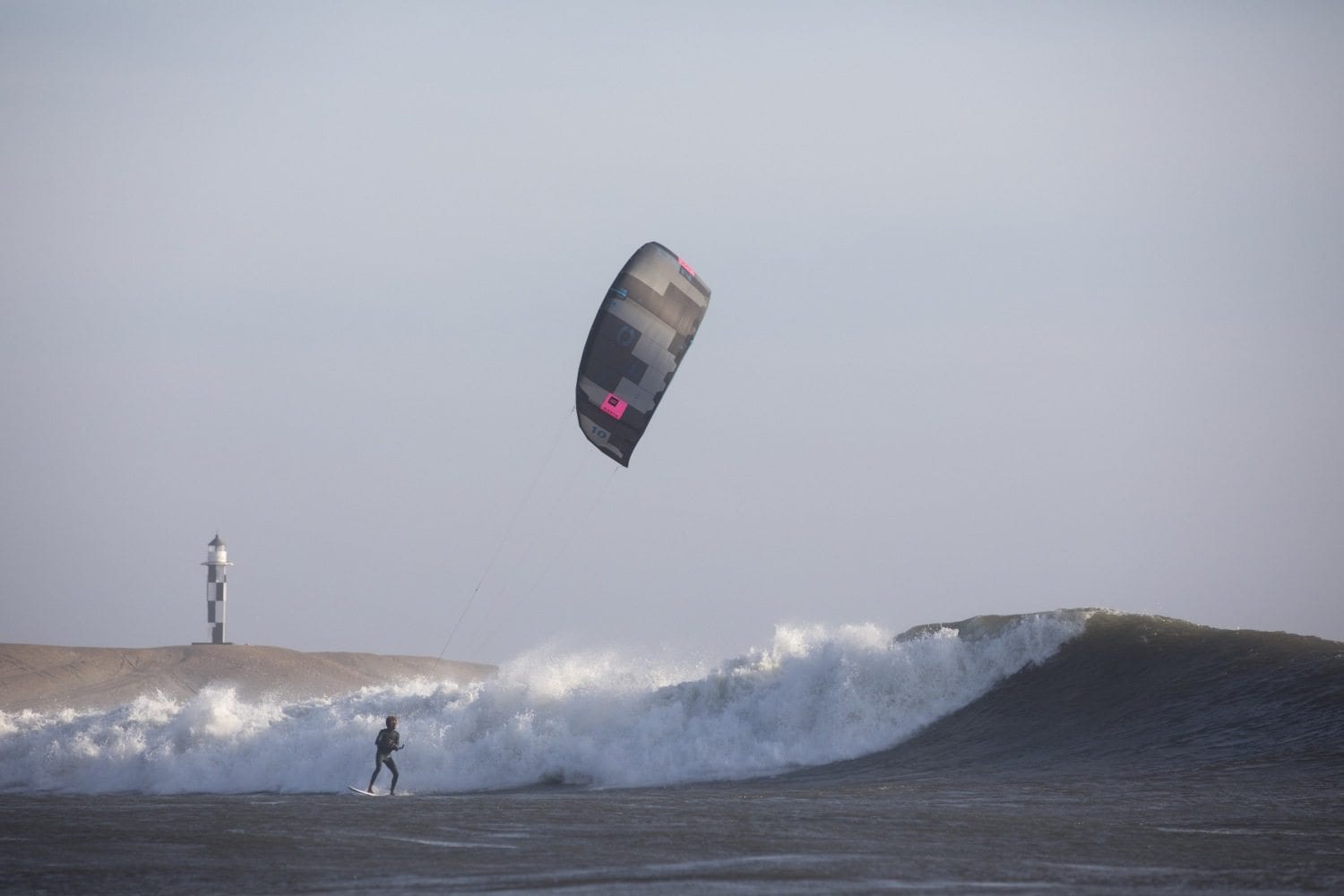 That process then saw us then settling into prototyping with 7m and 10m sizes. We knew that scaling down to a smaller LE would make turning quicker, but the small LE kites we tried had a gutless, twitchy and unstable feel about them. We tried a popular wave kite from a competing brand and found that the inside tip would collapse every time we did a bottom turn. This proved that we couldn’t go smaller on the LE in order to achieve faster turning, nor would that style of kite work for the more experienced, powerful wave riders. That said, we did see that if we went for a smaller LE at the seam in front of the tip strut, this would help support the LE and improve turning speed without compromising other qualities.
That process then saw us then settling into prototyping with 7m and 10m sizes. We knew that scaling down to a smaller LE would make turning quicker, but the small LE kites we tried had a gutless, twitchy and unstable feel about them. We tried a popular wave kite from a competing brand and found that the inside tip would collapse every time we did a bottom turn. This proved that we couldn’t go smaller on the LE in order to achieve faster turning, nor would that style of kite work for the more experienced, powerful wave riders. That said, we did see that if we went for a smaller LE at the seam in front of the tip strut, this would help support the LE and improve turning speed without compromising other qualities.
We tried a few prototypes with different diameters and tweaks to the canopy depth in various places. In the end we feel that we got exactly the sort of improvement we were looking for.
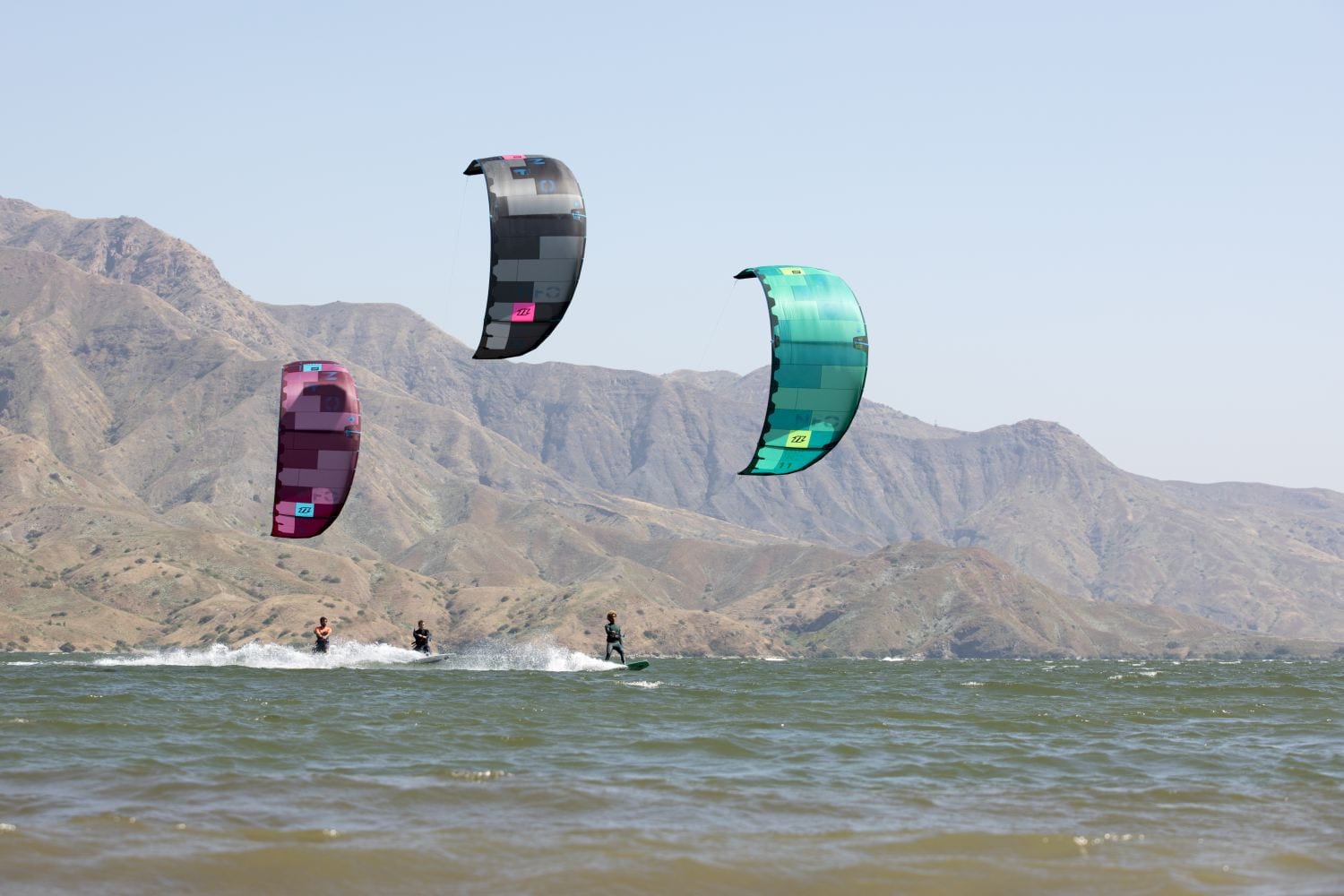 What design updates and differences can we see between the old 2017 and new 2018 Neo?
What design updates and differences can we see between the old 2017 and new 2018 Neo?
If you look carefully, you can see that the LE diameter in the vicinity of the tip strut is a few tenths of a percent smaller in diameter than on the 2017 Neo. On a size like the Neo 10m, this amounts to about 11mm smaller.
We also spent some time tuning the bridle of each size in order to ensure that the default setting of the front bridle is a full-on dedicated wave setting. It might be hard to actually see differences but they’re there.
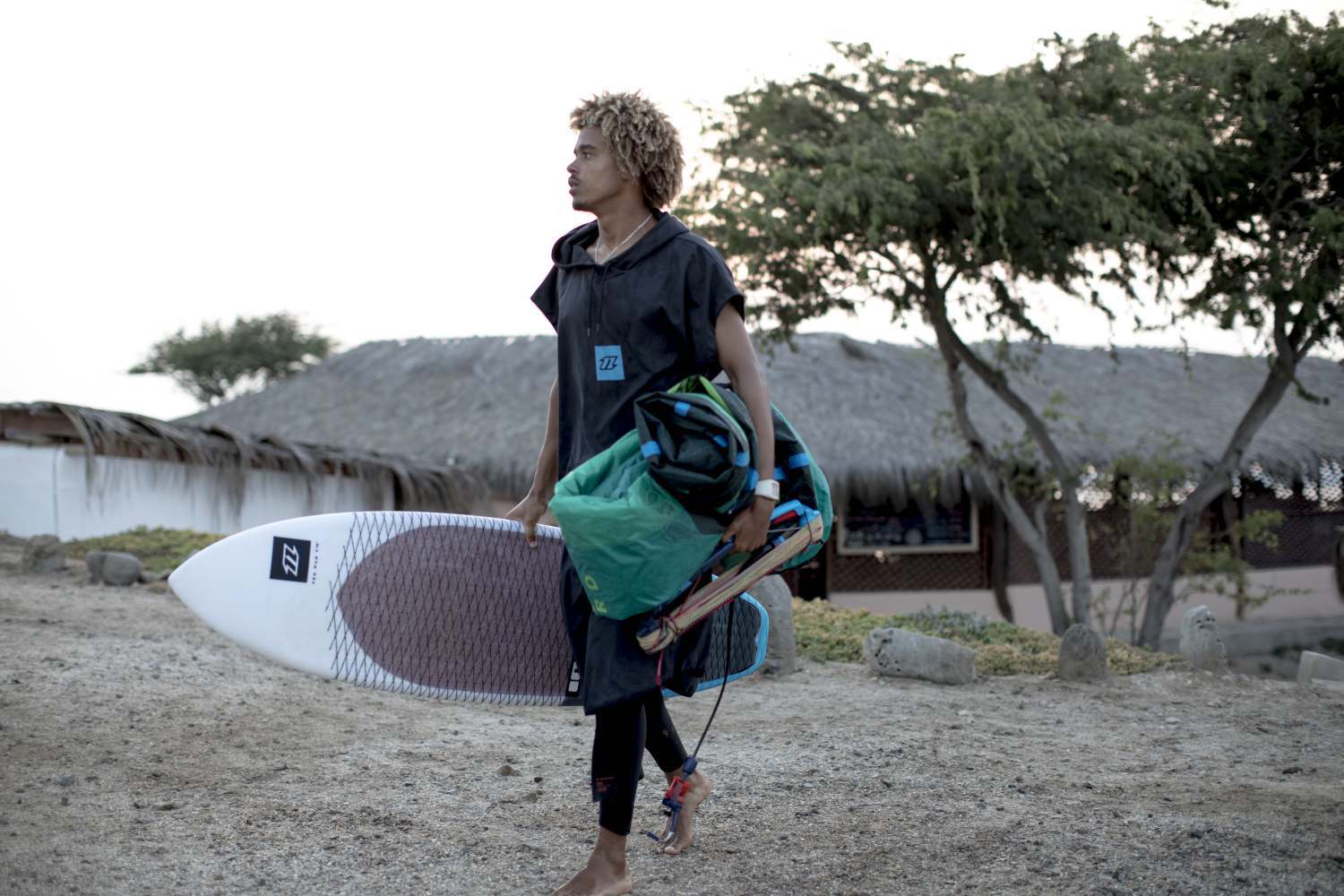 What new settings are available on the 2018 Neo and what recommendations do you have for them?
What new settings are available on the 2018 Neo and what recommendations do you have for them?
For wave riders the default front bridle setting is good. Those who want a more solid bar feel and kite feedback should go for the ”˜Hard’ Adaptive Tip setting. Others should leave it on default.
Which line lengths do you use across the different kite sizes?
Personally I like to use 19m lines a lot these days, but for the smaller 3m and 4m Neo I recommend using 22m lines. Anything larger than a 5m will benefit from the rapid turning that 19m lines deliver.
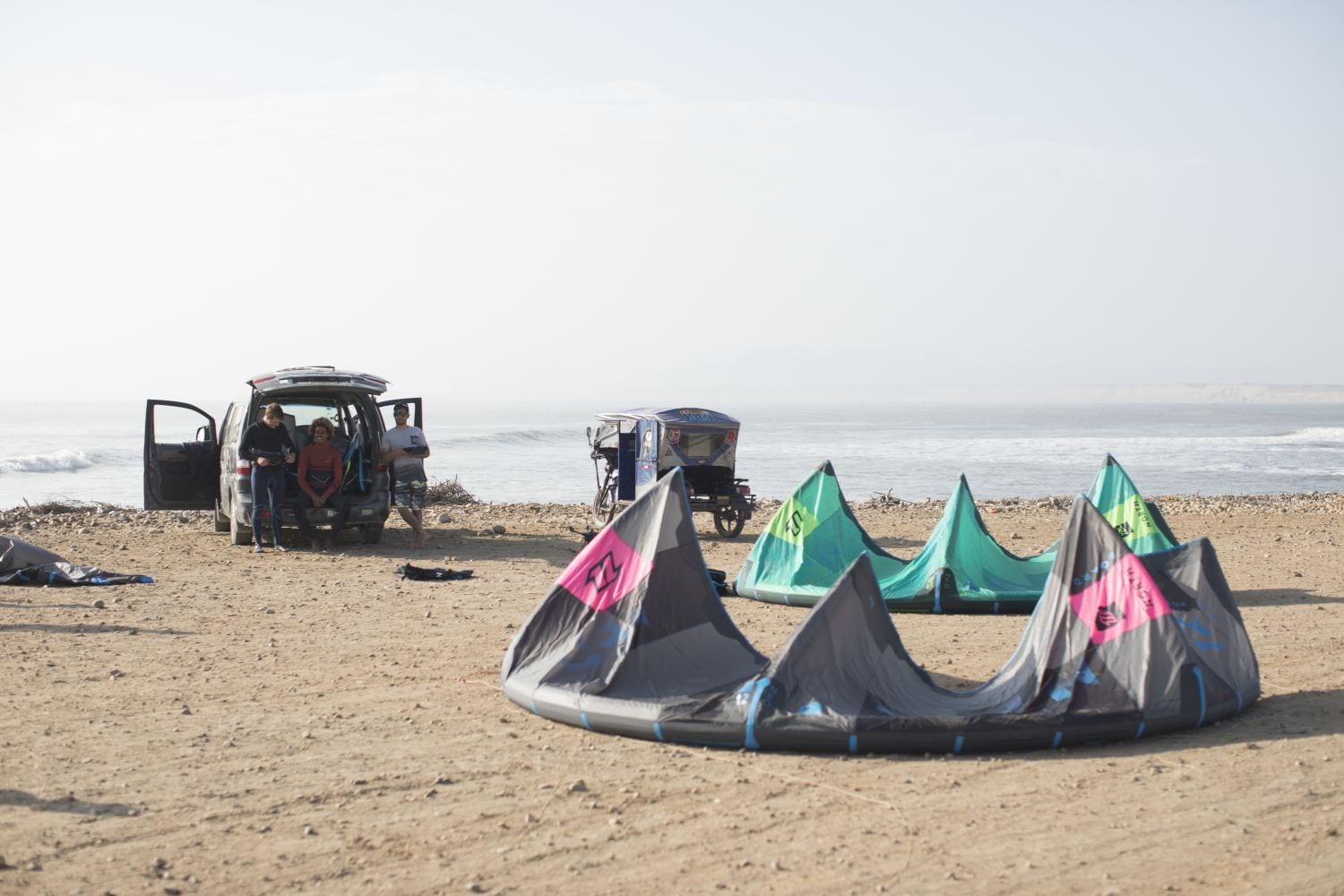 In short, sum up the 2018 Neo and who it is perfect for.
In short, sum up the 2018 Neo and who it is perfect for.
The Neo is designed to be all about wave riding. Sky, Patri, Marco and others would burn me alive if I allowed it to go any other way. That said, it also works well for riders who don’t get the opportunity to shred waves every day or prefer strapless freestyle like Airton. This year’s Neo is also good for hydrofoiling in moderately powered conditions, as well as hooked in riding on a twin tip.
Learn more about the Neo here: https://www.duotonesports.com/kiteboarding/kites/neo/
This article was updated on July 16, 2019.


